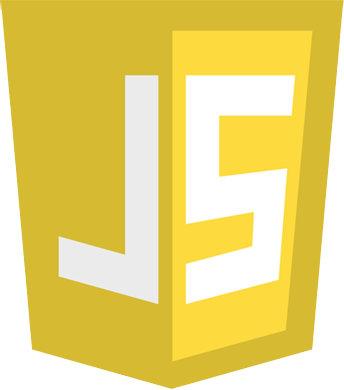openEO platform provides intuitive programming libraries to process a wide variety of earth observation datasets. This large-scale data access and processing is performed on multiple infrastructures, which all support the openEO API. This allows use cases from explorative research to large-scale production of EO-derived maps and information.
openEO Platform can be used in a wide variety of programming languages and environments:
 JupyterLab
JupyterLab
For interactive prototyping, programming and visualization, our JupyterLab instance is well-suited to run Python-based workflows in an IDE-like environment. Required libraries and useful tools are installed out of the box, so that users can get started with little overhead. It’s the most convenient way for Python programmers to interact with openEO Platform.
 openEO Platform Editor
openEO Platform Editor
The Editor is an interactive and visual user interface in the Browser. It gives easy access to all functionalities without requiring programming experience. Users can get an overview of available data sets and processes or monitor the status of their processing workflows. A block-based workflow editor helps beginners without programming experience to run their use cases.
 JavaScript
JavaScript
Primarily for use in browser-environments, but also includes support for NodeJS and TypeScript
Get started
Note: The R client is not officially supported, but should support most
functionality.
Below you can find a selection of our major data collections. You can also browse through all available data collections.
openEO platform aims at covering the needs of real-world EO users and experts. Therefore, we invite you to join the development and evolution process! Play around with the platform using the free trial or apply for Network of Resources Sponsoring for running larger use cases. We'd love to hear your feedback and get to know the features and capabilities that you need! The following offers are available right now:
free
You want to try and "play" with the Platform. You don't have a specific use case in mind and want to see how it works.
Valid for: 30 days
free
You want to use openEO Platform for longer running projects or get specific support from our development team for your workflows. Limited funding (5,000 EUR) for non-ESA projects.
Valid as per sponsoring request
It is possible to apply for Network of Resources Sponsoring after your free trial period if you find openEO Platform useful for a newly developed idea.
openEO Platform offers processing capabilities for a wide variety for Earth Observation workflows (e.g., Optical, SAR). All data is exposed as data cube to the user so that the complexity of file handling and data loading is abstracted away and users can immediately start with implementing their processing workflows.